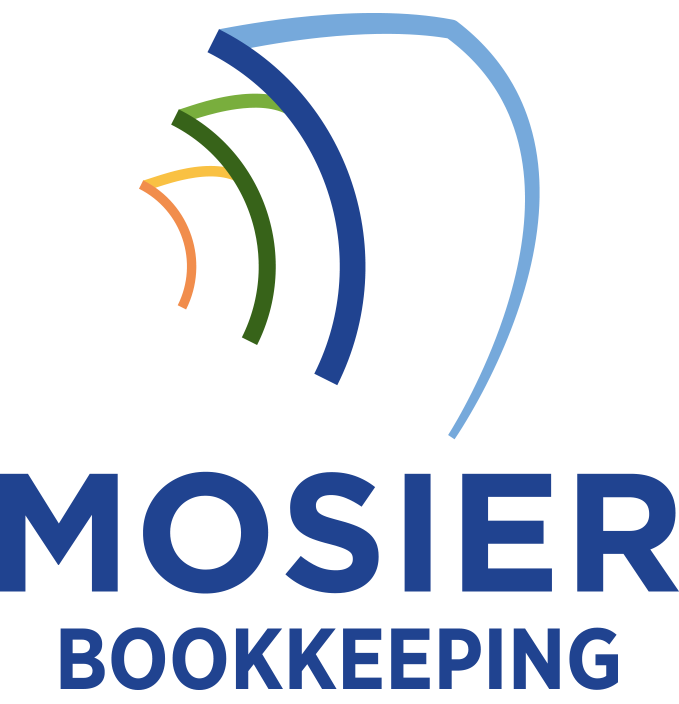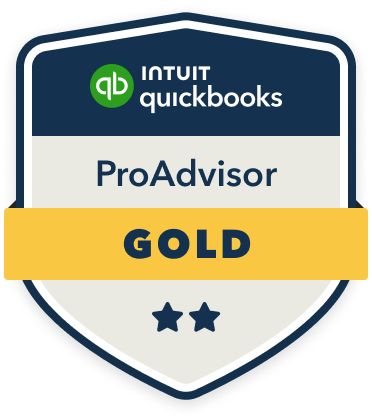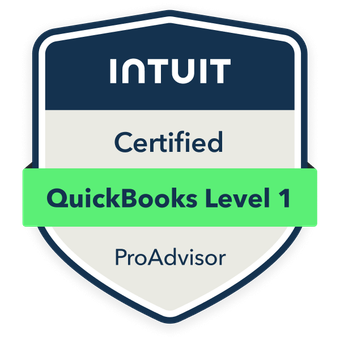To effectively handle bookkeeping for multiple revenue streams, I recommend setting up distinct income categories with hierarchical account codes (1000-1999) for each revenue source. You’ll need accounting software that offers customizable categories, real-time integration, and robust reporting features. Implement automated tagging systems, standardized documentation templates, and segment-based tracking methods to maintain clean records. By establishing clear workflows and monitoring stream-specific KPIs, you’ll gain the precise financial control and insights needed to optimize each revenue channel’s performance.
Setting Up Separate Income Categories and Chart of Accounts

A well-structured chart of accounts forms the backbone of accurate bookkeeping for businesses managing multiple revenue streams. I recommend creating distinct income categories for each revenue source, enabling you to track performance metrics separately. Your chart of accounts should include main revenue categories with subcategories that detail specific income types.
I’ll show you how to set up hierarchical account codes: assign 1000-1999 for primary revenue streams, then use subcodes like 1100, 1110, and 1111 for granular tracking. This systematic approach gives you precise control over financial data and empowers strategic decision-making through detailed revenue analysis.
Choosing the Right Accounting Software for Multi-Stream Revenue
Selecting the right accounting software stands out as a critical decision for businesses managing multiple revenue streams. I recommend evaluating platforms based on your specific revenue complexity and scalability needs.
- Choose software offering customizable income categories and robust segment tracking to isolate each revenue stream’s performance
- Guarantee real-time integration capabilities with your payment processors, e-commerce platforms, and point-of-sale systems
- Verify advanced reporting features that allow drill-down analysis and custom filtering by revenue type
- Confirm multi-currency support and automated bank reconciliation if you’re operating across borders
I’ve found these capabilities essential for maintaining clean books and generating actionable insights across diverse income sources.
Implementing Effective Revenue Stream Tracking Methods
Once you’ve implemented the right accounting software, developing systematic methods for tracking multiple revenue streams becomes your next priority. I recommend establishing distinct revenue codes and mapping each income source to specific accounts. This enables granular analysis and precise reporting.
| Revenue Type | Tracking Method |
|---|---|
| Core Sales | Product-specific codes |
| Subscriptions | Recurring billing IDs |
| Services | Project codes |
| Partnerships | Partner-linked accounts |
I’ve found that implementing automated tagging systems and regular reconciliation schedules strengthens your financial control. Create separate workflows for each revenue type, ensuring proper documentation and audit trails. This approach gives you commanding visibility over your business’s financial performance.
Creating Clear Documentation and Record-Keeping Processes
The foundation of effective bookkeeping rests on clear, systematic documentation processes. To maintain control over multiple revenue streams, I recommend implementing robust record-keeping systems that enable quick access and analysis of financial data.
- Design standardized templates for each revenue stream’s documentation
- Establish a digital filing system with strict naming conventions
- Create automated backup protocols for all financial records
- Implement cross-referencing systems between related transactions
I guarantee every transaction has supporting documentation, including contracts, invoices, and payment records. This thorough approach streamlines audits, strengthens financial oversight, and positions you to make data-driven decisions about your revenue streams.
Analyzing and Reporting Multiple Income Sources

Regular analysis of multiple income sources demands sophisticated tracking and reporting mechanisms to maintain clear visibility across revenue channels. I recommend implementing segment-based reporting to isolate each revenue stream’s performance metrics. You’ll need to track key performance indicators (KPIs) specific to each income source while monitoring their collective impact on your bottom line.
I’ve found that dynamic dashboards and automated reporting tools dramatically enhance your ability to analyze revenue patterns. Create custom reports that highlight profitability ratios, growth trends, and seasonality effects for each stream. This granular approach enables you to make data-driven decisions about resource allocation and strategic expansion.









